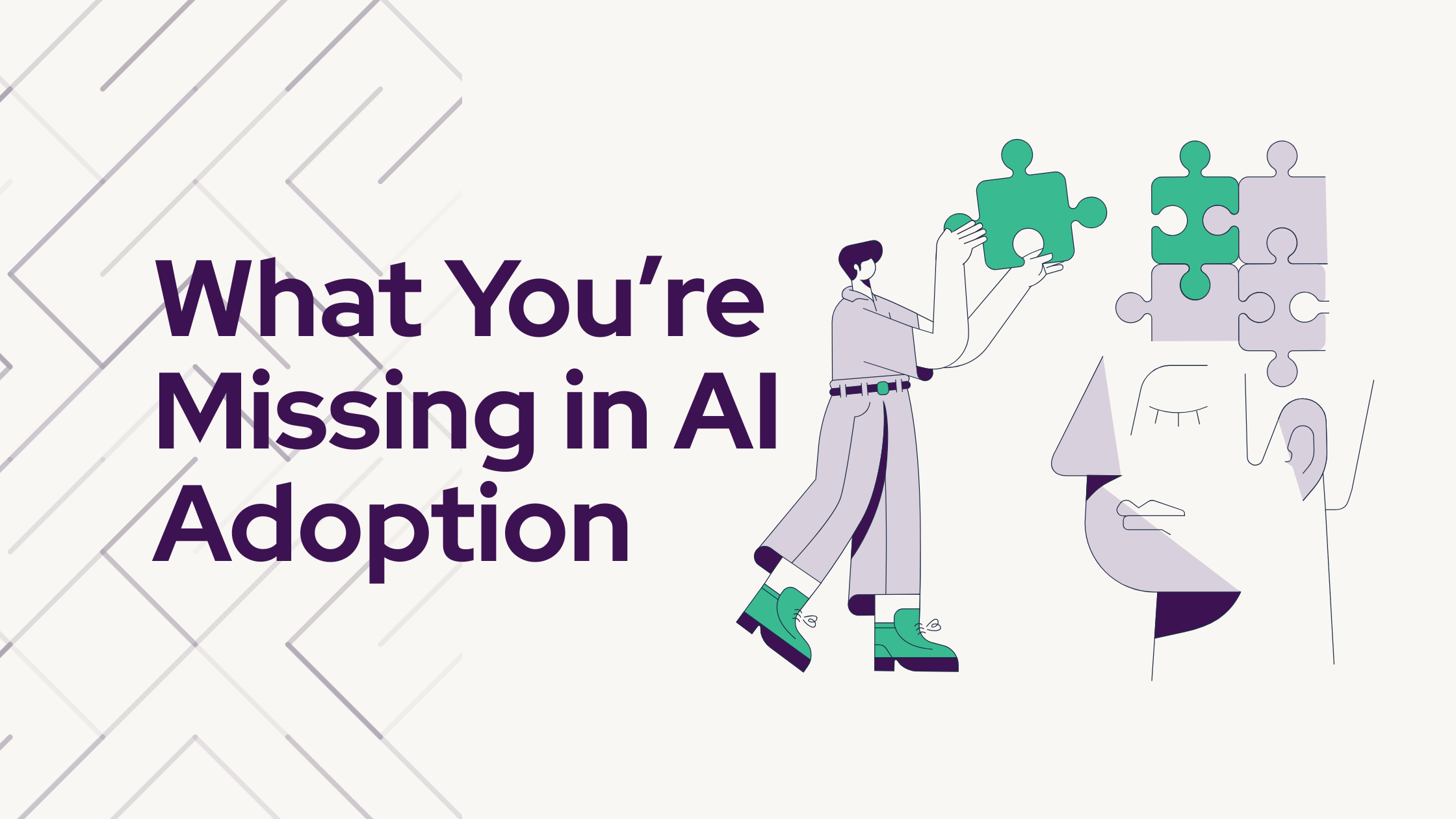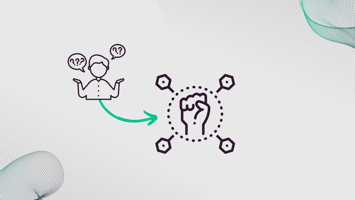Generative AI isn’t just another shiny object. It’s a strategic shift—and it’s already reshaping...
AI is everywhere you look right now, and I don’t see that changing any time soon. But in a world racing toward AI transformation, it seems like too many organizations are focusing on the latest tools and the most recent tech in the headlines, while overlooking the cultural mindsets that have always played a huge part in whether any adoption of something new would succeed or fail.
Having worked across the U.S. and Australia, in both nonprofit associations and high-powered corporate settings, I’ve seen firsthand how project timelines, capital expenditure, and execution styles vary wildly. But one truth holds: the adoption of new technology is as much about culture as it is about capability.
Two Worlds, Two Rhythms
In the U.S., projects move fast. Deadlines are sacred, budgets aggressive, and performance metrics rule. In for-profit companies, decision-making is sharp, capital flows where ROI has been proven (or at least demonstrated to be possible!), and teams push hard toward measurable success.
In Australia, particularly within associations and mission-driven orgs, things move differently. Timelines have breathing room and decisions are more consensus-based. And while there’s no shortage of ambition, the approach is more human-centric and relational.
This contrast isn’t just geographical—it’s philosophical. But here’s what’s been really interesting to observe as I have moved between countries and organizational structures: the lines are starting to blur.
The Convergence: Associations Get Agile, Corporates Get Empathetic
Today, U.S.-based associations are importing best practices from the corporate world: project charters, tech investments, results-focused workflows. Meanwhile, Aussie corporates are integrating softer elements—employee wellness, collaborative sprints, feedback loops that prioritize voices across the org chart.
And right at the intersection of these converging worlds sits AI.
AI: The Great Equalizer
Whether you're in a sleek American boardroom or an Australian nonprofit's community hall, one fact is clear: AI is changing everything about the way we work.
I've seen AI assistants like Betty:AI help associations unlock years of institutional knowledge—turning search fatigue into instant answers. In corporate sales teams, I've watched AI accelerate lead qualification, freeing up time for strategy and relationship-building.
But the organizations that succeed with AI? They’re not just throwing tech at a problem. They're building cultures that support learning, experimentation, and continuous improvement.
Culture Is the Real Infrastructure
In the U.S., the drive to "go fast and break things" works—until people burn out or get left behind. In Australia, the inclination to deliberate and collaborate slows risk—but can delay innovation. The magic happens when teams combine urgency with inclusivity.
This is where AI flourishes: in cultures that are curious, adaptable, and values-driven.
Returning “Home”
Now that I’m back in both the States and have returned to Association-land, the contrast is even clearer, and isn’t just about the decline in coffee quality! We talk about digital transformation and future-of-work strategies like they’re products to install. But its important to keep in mind that without the cultural scaffolding, even the best AI tools fail to take root. Just like every type of new technology that’s come before this. If we keep treating AI as a tech implementation instead of a cultural evolution, or at least an opportunity to embrace one, we will continue to see stalled progress.
The Real Lesson
AI will never be able to replace culture— but it certainly has the capability to reveal it.
So wherever you sit—boardroom or classroom, for-profit or purpose-driven—the real question isn’t "Can we implement AI?", it's "Do we have the culture to evolve with it?"
If you’ve made it this far, you already know: the answer starts with people, not platforms.
Let’s build from there.
.png?width=173&height=70&name=Betty_RGB%201%20(1).png)



